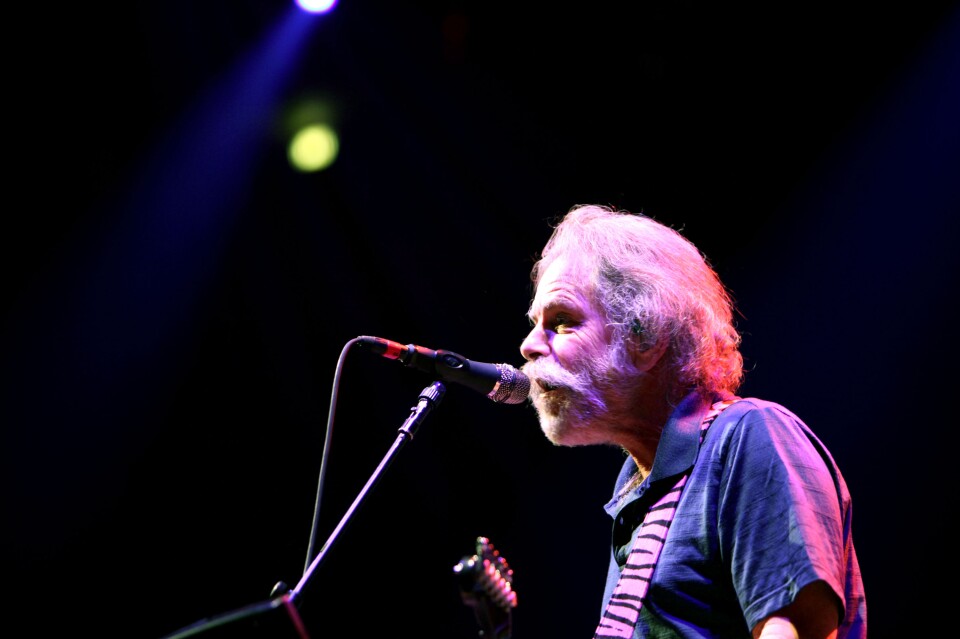Planet Books, a long-running outpost known for its boundless collection of used books, toys, posters and other antiquities, must move — once again — by March or risk closure.
After 27 years in business, owner James Rappaport said the news came last fall from the proprietors of the neighboring Antique Mall II, which, since 2020, has sublet to him a 4,000-square-foot warehouse now cramped with rare tomes and second-hand memorabilia.
Andrew Jurkiewicz, who owns Antique Mall II alongside his partner, Linda, confirmed the move in a phone call Monday. They’re selling their own store, a decision that ran simultaneously to their landlord’s decision to sell the property altogether.
One person familiar with the sale said the listing — which opened in October — has drawn several interested buyers and is expected to enter escrow in the next week. A public record search found the properties, at 1851 to 1855 Freeman Ave., are owned by DPV Properties LLC, which recently moved its address from Seal Beach to out of state.
When reached by phone, one of the owners declined to comment on their reason for the sale.
After their leases end in March, the businesses are expected to vacate. The antique shop, Jurkiewicz said, will relocate to a space at 3588 Palo Verde Ave. — formerly a Joann Fabric and Crafts — under new ownership.
“We’re both tired,” he said of running the 37-year business that he moved into a former plywood business on Freeman Avenue in 2010.
The future of Planet Books, meanwhile, is far more uncertain. Rappaport has been quiet about his plight until now, insisting he didn’t want to “sound any alarms” that might disrupt the flow of business or scare his regulars.
“I don’t want to panic anybody, especially myself. Not really sure what to do, actually,” Rappaport said.
This marks the second time the bookstore has needed to vacate its location since it opened in 1998.
Its first incarnation on East Anaheim Street was a combination of a couple of hundred book crates left behind by San Pedro bookseller Vinegar Hill Books and collectible toys acquired by the store’s former owner, Michael Munns.
Monthly rent at that time was about $2,000 for 1,500-square feet. Today, Rappaport said, the building costs $5,200 a month to rent, with half of it currently vacant.
His search for a new space has spanned the city, even traveling into neighboring Seal Beach, each time running into the same story.
“Twice the money and one third the size,” he said.
It’s also difficult to find something to fit their needs. The current store has a bookstock of easily more than 100,000 titles.
There’s also the trove of toys, postcards, movie posters and other antiquities that line the walls, counters and shelves throughout. In the back area — the workers call it the “nether world” — towering stacks of books form trench lines leading to an aging work computer, limited-edition prints and a bathroom which hasn’t worked properly since they moved there.
Any storefront they find will likely require a “major purge” of inventory, Rappaport said. Planet Books has two music sections and three sections for both science fiction and mystery. He plans to downsize through donations to nearby schools, shelters and prisons.
If the store cannot find a new home, Rappaport said he’ll have to move his inventory into storage, likely at a facility in Stanton.
There’s also the definite possibility the store closes, he said, though workers are more optimistic.
For many, Planet Books has become the bookstore’s bookstore — the book hog’s mud puddle — where the clerks know the difference between Tom Wolfe and Thomas Wolfe and where patrons might lose themselves for the day among cheap out-of-print treasures on Zen and macrobiotics, Armenian dictionaries, Cantonese cookbooks and volumes on Lydia Maria Child, a 19th century abolitionist.
Wherever the store lands, Rappaport said it will be his last move.
“I’m 68, getting old, you know, I don’t need this,” he said. “I can’t retire because I don’t make anything in Social Security. I just want to have a little bit of fun.”



















